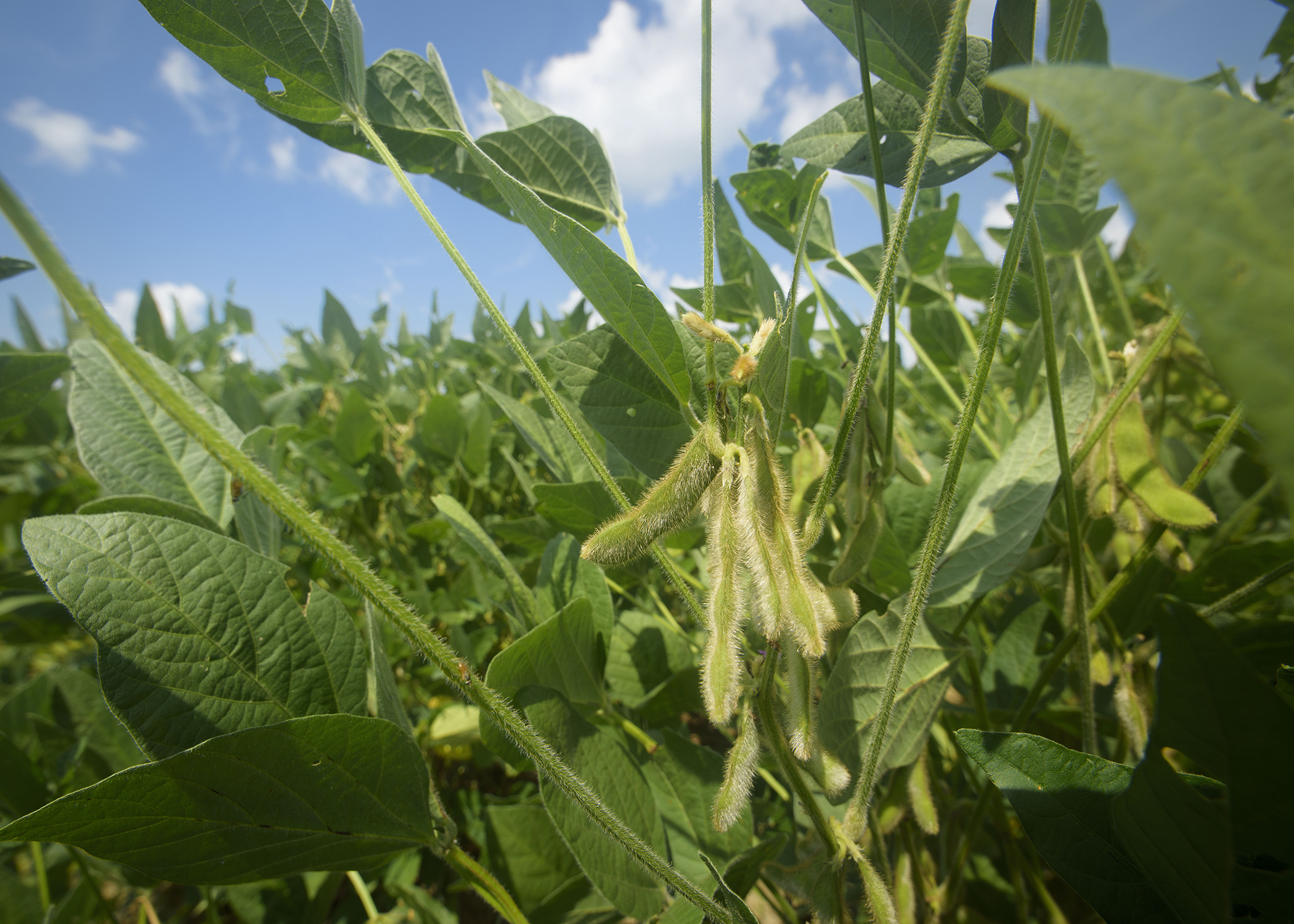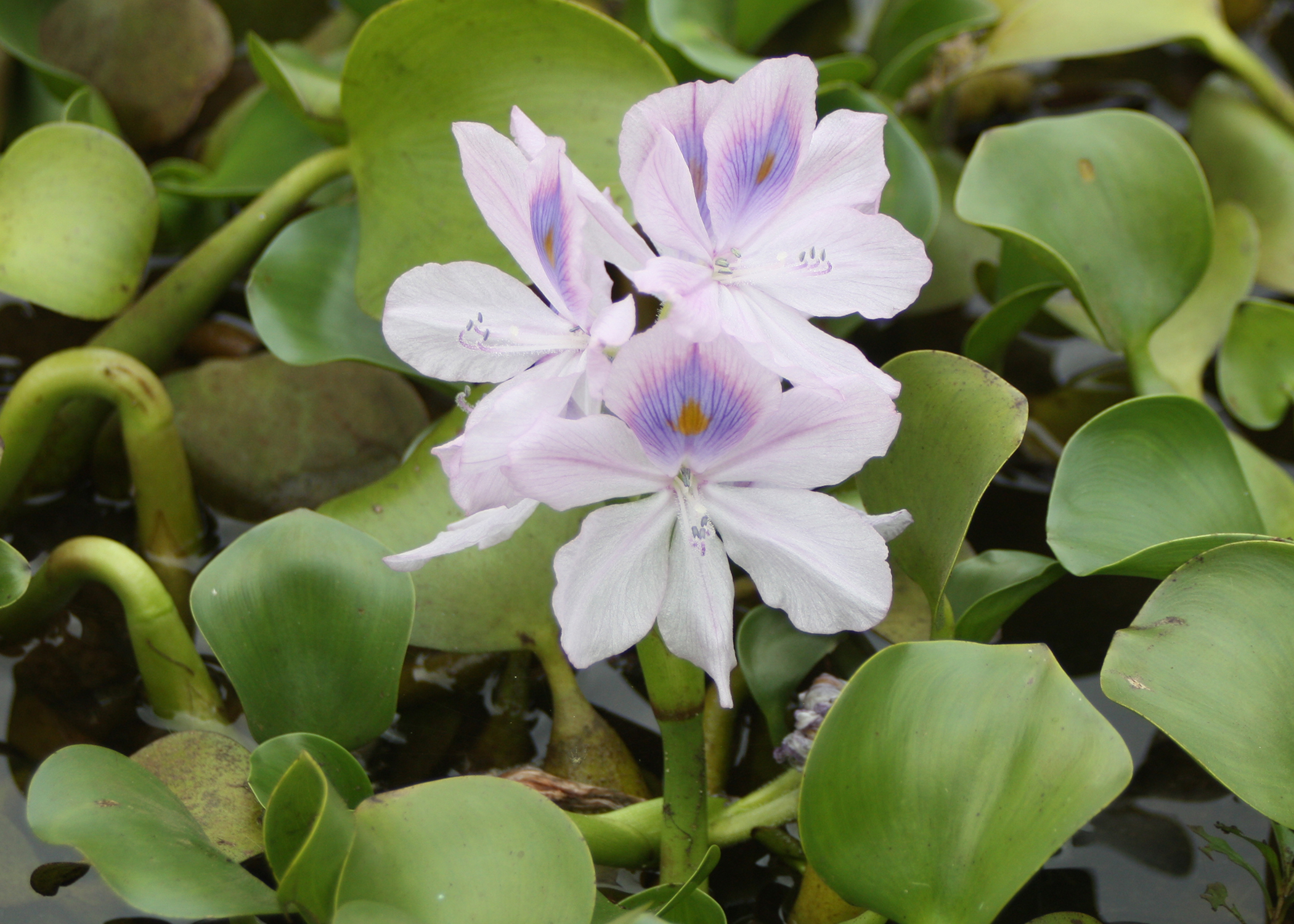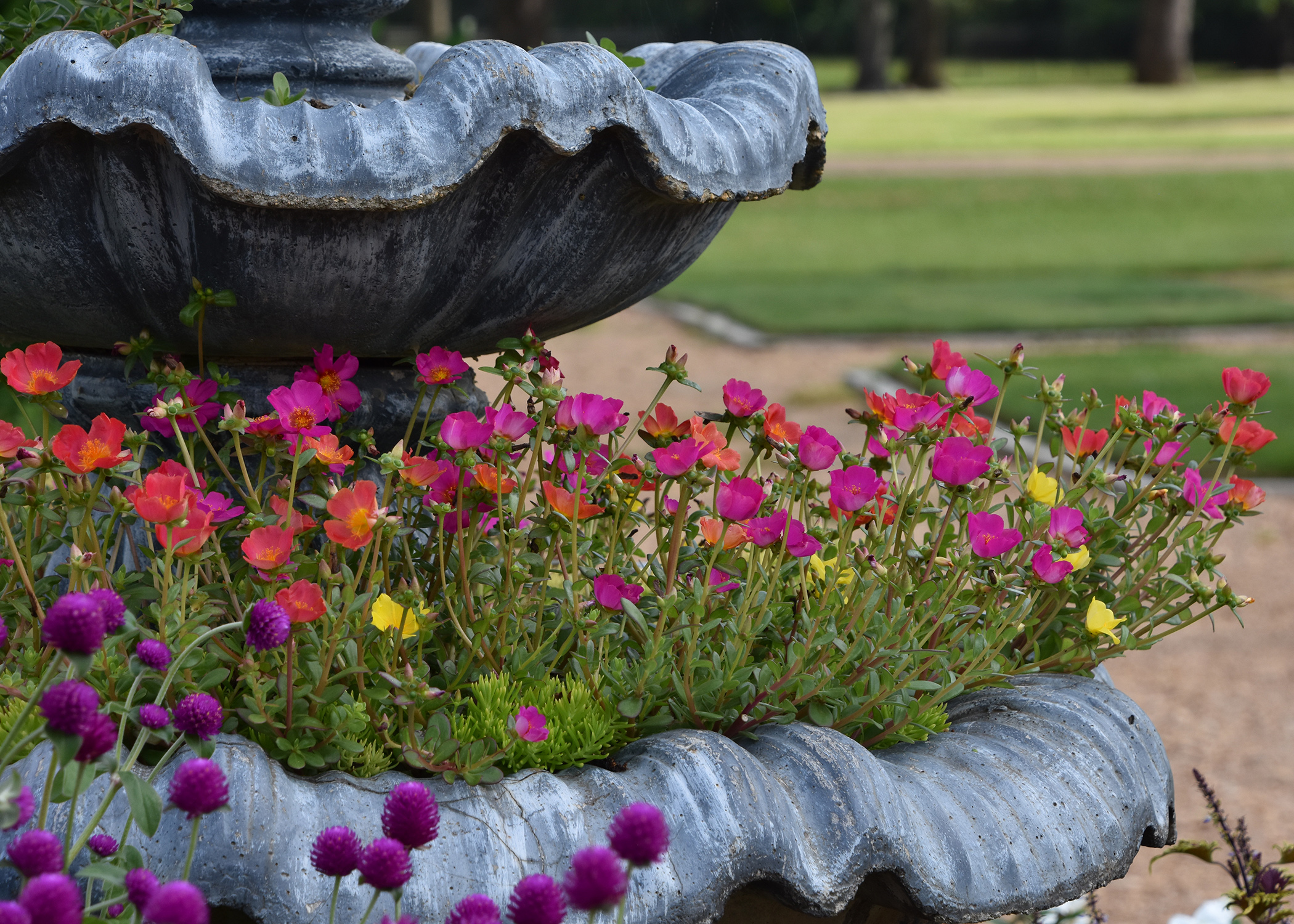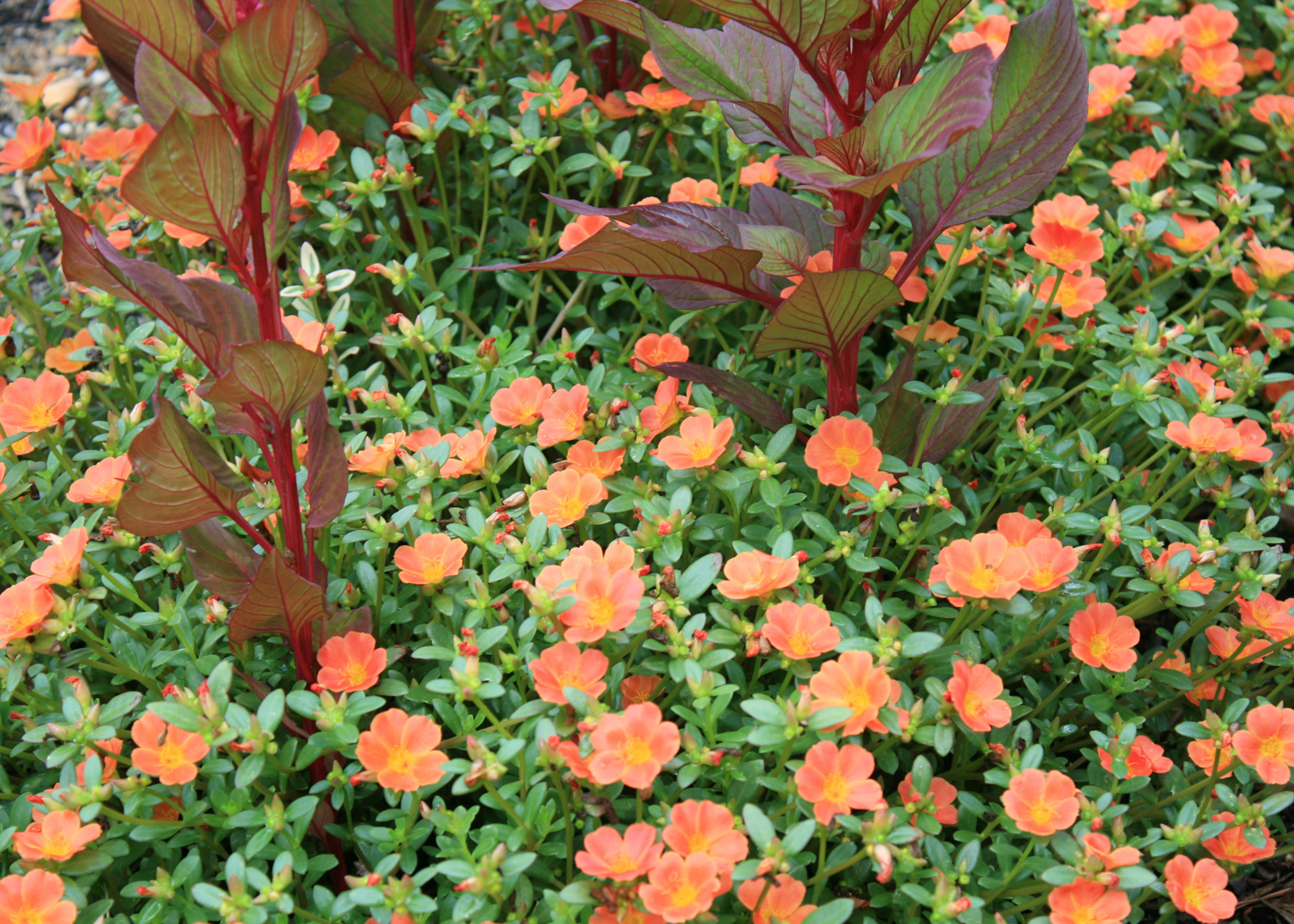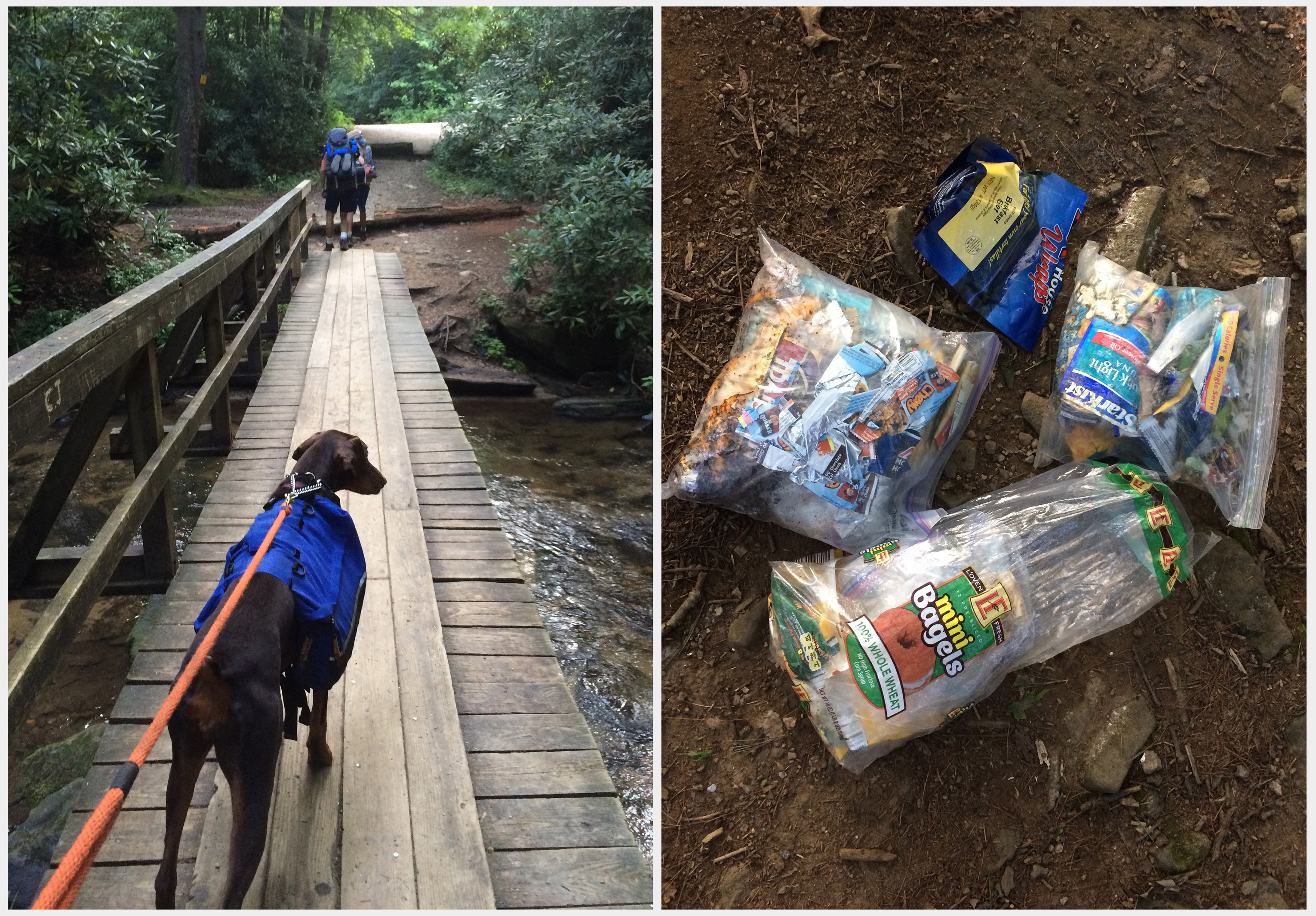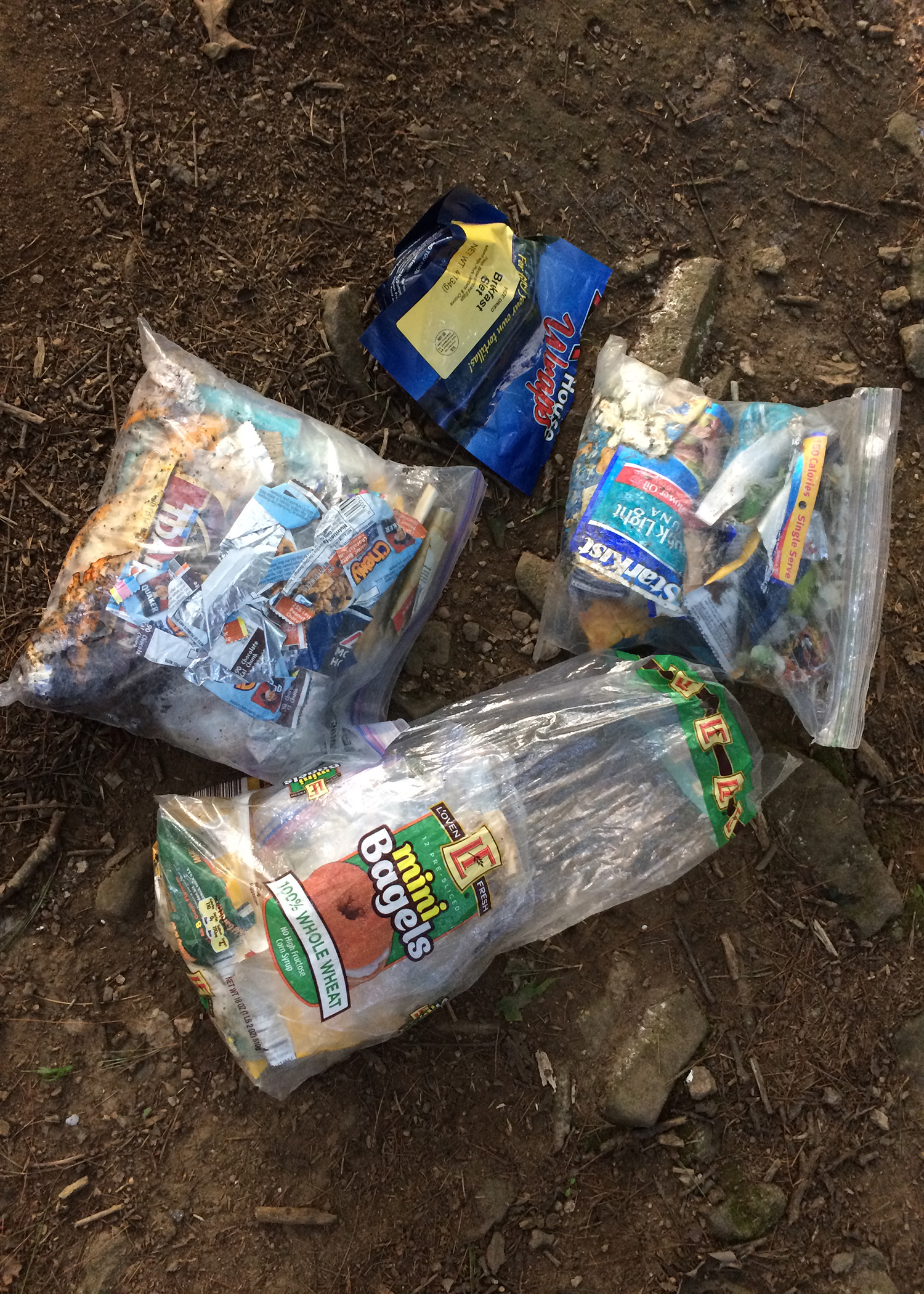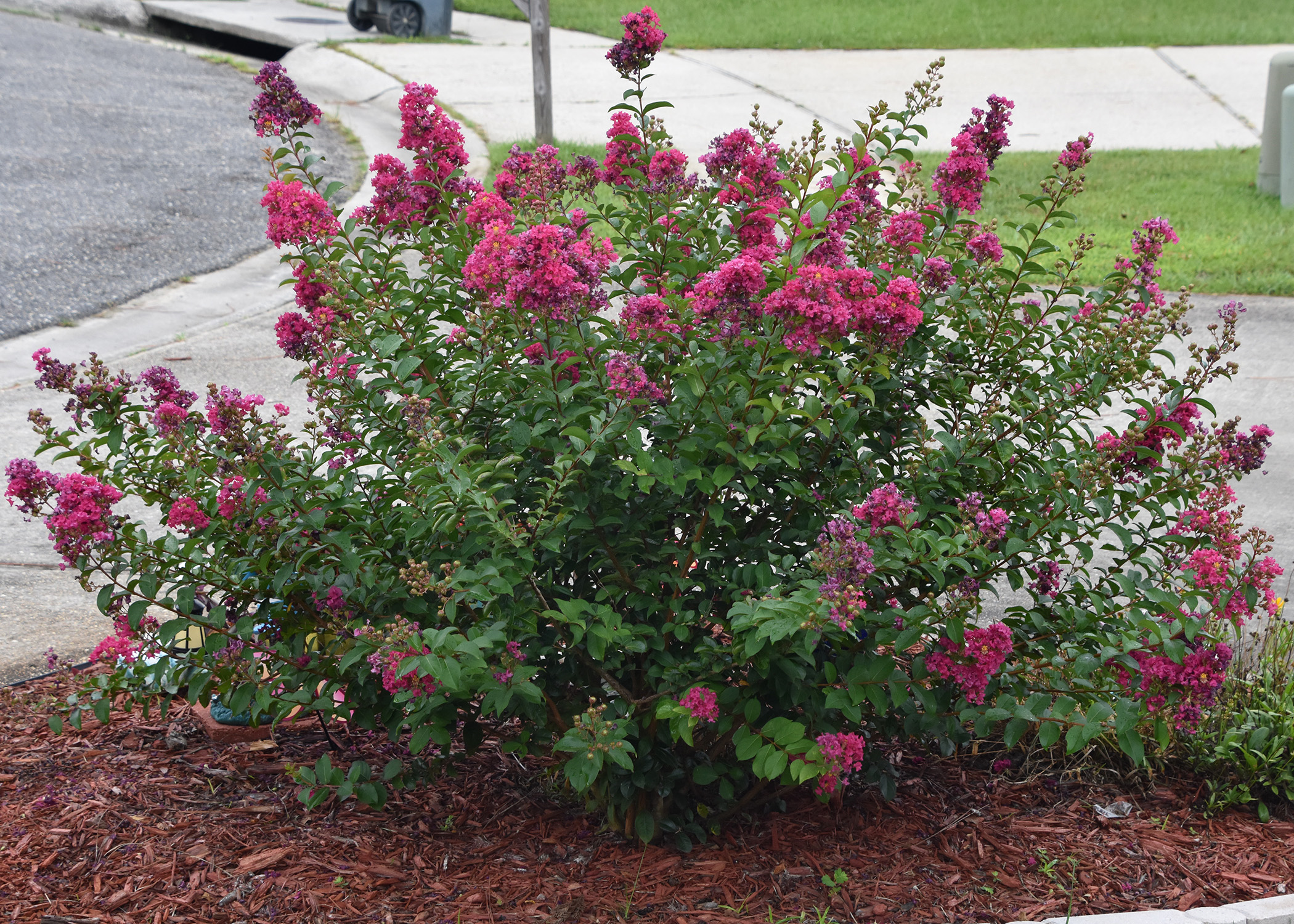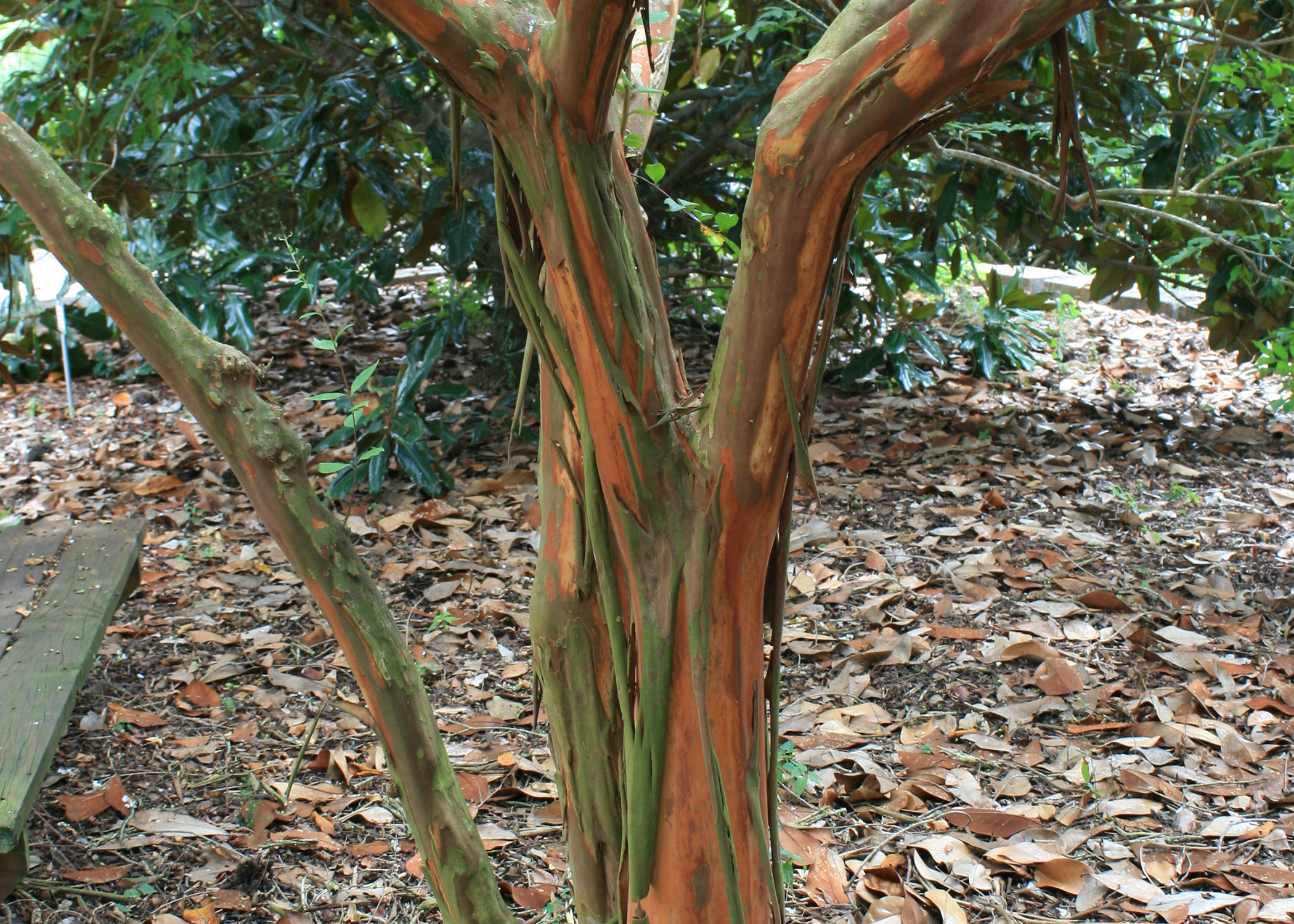VICKSBURG, Miss. -- Those managing historic homes must make a profit while creating a welcoming place for paying guests, a challenge addressed at a recent Mississippi State University short course.
Sandy Havard, MSU Extension Service agent in Warren County, said the summer workshop was a unique training opportunity set up to help improve communities and local businesses.
STARKVILLE, Miss. -- Most of the state's soybean crop has a very good yield potential despite some challenges coming late in the season.
Trent Irby, soybean specialist with the Mississippi State University Extension Service, said growers planted more than 60 percent of the crop in April.
"We had more soybeans planted in April than we've had in years," Irby said. "We had several windows that month where it was warmer than usual and dry enough to plant, and growers took advantage of those planting opportunities."
STARKVILLE, Miss. -- Although water hyacinth is beautiful and quite stunning when in bloom, it is not a desirable plant in ponds.
Water hyacinth floats gracefully on water surfaces. Its inflated, spongy stems feature attractive flower spikes adorned with up to 20 blue, yellow and light-purple flowers. It is common on many of Mississippi's navigable waterways, including the Tennessee-Tombigbee Waterway and the Pearl River drainage. Native to tropical South America, water hyacinths feel right at home with Mississippi's warm summers and fertile waters.
Purslane has long been regarded as a garden weed, and it's no wonder: A single plant can produce more than 50,000 seeds. I've seen purslane growing in coarse gravel and cracks in concrete. If the area is moist, you can find purslane, and I have removed many as weeds.
But I’m having a change of heart. Purslane is one of the older plants I'm interested in adding back to my coastal Mississippi landscape and garden. It's a succulent that thrives in high summer temperatures, and that makes it a perfect flowering annual for our hot and humid summers.
STARKVILLE, Miss. -- Whether fishing, hunting, boating, hiking, photographing or wildlife watching, all outdoor enthusiasts should practice "Leave No Trace."
Leave No Trace is a set of seven easy-to-follow principles meant to reduce manmade negative impacts on the environment.
NEWTON, Miss. -- Travelers on Mississippi highways and interstates may have noticed colorful stands of native wildflowers planted in various sites for the last two years.
Part of the Wildflower Trails of Mississippi project, these patches of flowers and grasses serve as testing areas for roadside plantings that project coordinators hope will attract tourists and provide colorful habitat for pollinators for years to come. Initiated in 2015, the project is coordinated by Keep Mississippi Beautiful and supported by Mississippi State University and several state agencies.
RAYMOND, Miss. -- Wild pigs have roamed parts of the Southeast since Spanish explorer Hernando de Soto introduced them as food for early settlers in the 16th century. But during the last two decades, Mississippi has experienced a rapid uptick in the spread of the nuisance animal.
DEKALB, Miss. -- For 33 years, Ruby D. Rankin was the face of the Mississippi State University Extension Service in Kemper County, and her sudden death in early May surprised and saddened the local community.
More than 100 people gathered at a building dedication ceremony Monday in the Extension office in Kemper County to honor Rankin's life, service and impact on local individuals, various organizations and the entire community. The Kemper County Board of Supervisors honored Rankin's many accomplishments by naming the local farmers market in her honor.
There is one plant that absolutely is the flower of the South: the crape myrtle. Who can resist the colorful flower clusters on display from early summer through late fall?
The spectacular flowers are actually large panicles, or branching clusters composed of many small flowers. These panicles can be more than 8 inches long, and colors range from white, to shades of pink and purple, to rich reds. There are even bicolor flowers like my favorite Pink Peppermint.
STARKVILLE, Miss. -- Early or not, Mississippi’s corn crop is well on the way to its best yield in years, barring any major disasters.
Erick Larson has spent more than two decades as the Mississippi State University Extension Service corn specialist. Larson said 2017 weather generally has been better than he can remember for any past growing season. Timely rains in some areas and cool nights during the crucial early grain-filling periods were important keys.


